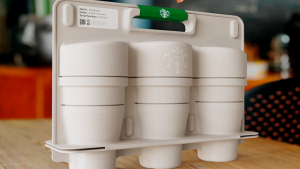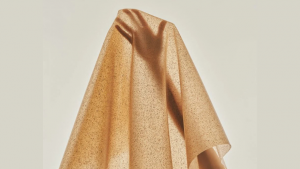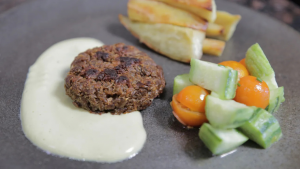Open Meals is an experimental food design studio based in Tokyo, Japan. They recently showcased an innovative take on digital food production at the 2018 South by Southwest Conference & Festival in Austin, Texas. It is a process of 3D-printing edible gel cubes to recreate sushi (albeit in pixelated form) virtually anywhere in the world.
Open Meals has a unique vision as to what food access and production will mean in the future, given modern technology and opportunities. They want to do to food what iTunes did for digital music, making it easily accessible and downloadable – or more appropriately in this case, teleportable.
They are testing ways to send food through the airwaves and across every frontier with laser-precise 3D-printing machines.
There are two prongs to Open Meals’ work that are currently in development. The first is a patent-pending food directory and interface called Food Base. This will be the digital platform on which meticulous measurements and information on the diverse attributes of food will be stored.
Important characteristics such as flavour, texture, shape, colour and nutrients will be recorded here for food printing terminals to access. It will serve as the catalogue of meals for users to choose from as a kind of restaurant menu and encyclopaedia in one. Here, consumers will be able to search and contribute food data.
The second part of their vision rests on the development of the machine itself, the Pixel Food Printer, that will enable people to generate meals digitally. In its current prototype form, the machine prints out miniature cubes made of edible gel with a robotic arm before assembling them into the final pixelated-looking piece of food.
Each tiny cube is infused with different flavours and colours according to the Food Base.
Due to current constraints, however, the gel cubes do not taste anything like real sushi – yet. Injecting individual cubes with refined flavours remains challenging and there is much to be done before Open Meals reaches its science fiction-esque food teleportation goals.
But their innovation is promising, and right now the team is working on minimising the size of each cube so as to make the end product look more realistic and appetising.








